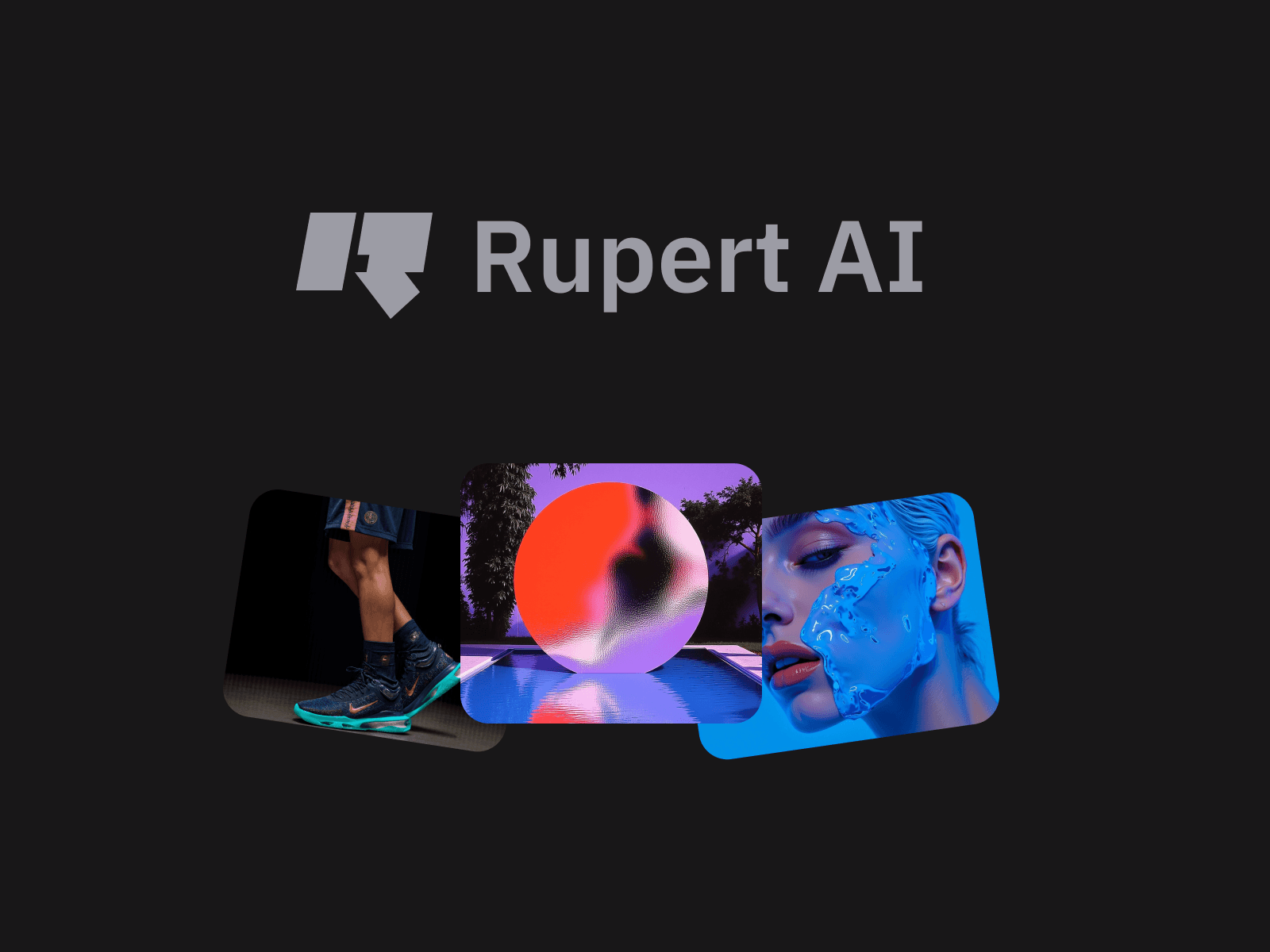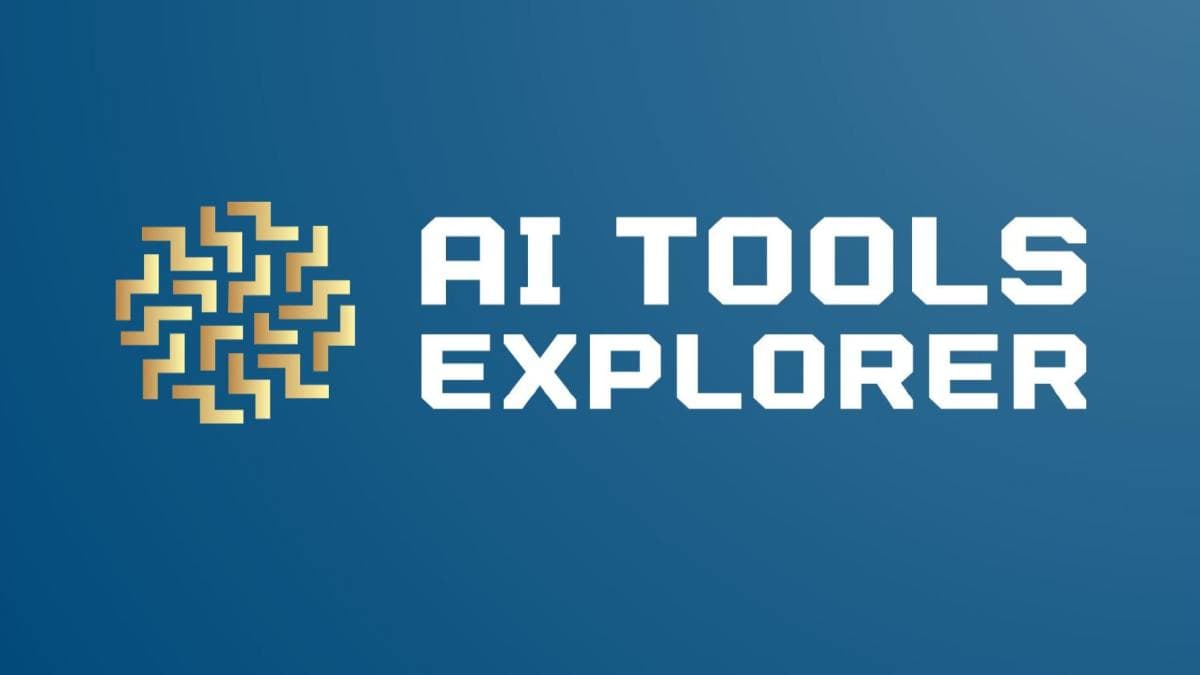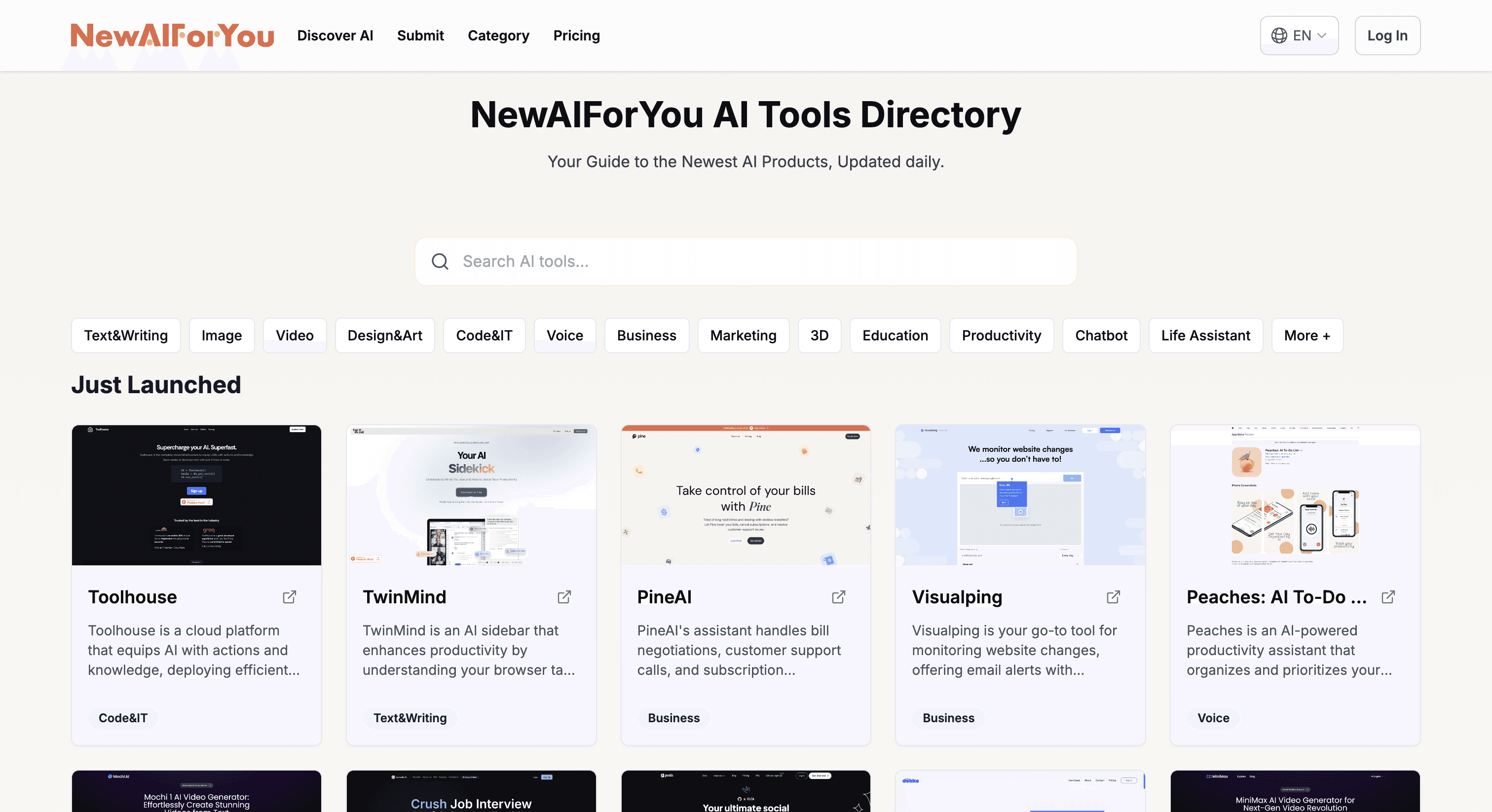Flux AI vs. Lightning AI
Flux AI
Flux AI is an open-source image generation tool, offering precision, complexity, and realism with various model options for diverse creative needs.
Lightning AI
Lightning AI is the company behind PyTorch Lightning, the deep learning framework for training, finetuning and serving AI models (80+ million downloads). PyTorch Lightning started in 2015 by Lightning founder William Falcon while working on computational neuroscience research at Columbia University scaling Generative Adversarial Networks and Autoencoders in the context of neural decoding working under Liam Paninski. He open sourced it in 2019 while pursuing a PhD in self-supervised learning (SSL) at NYU and Facebook AI Research (FAIR) supervised by Kyunghyun Cho and Yann Lecun. SSL techniques are at the heart of models like Chat GPT (next word prediction). In 2019 PyTorch Lightning started to be used to train huge models on 1024+ GPUs inside Facebook AI. Today, it’s used by over 10,000 companies and 1+ million developers to train, finetune and deploy the world’s largest models. Lightning AI started in 2020 as a platform to train models on the cloud across 1000s of GPUs. Today,...
| Item | Votes | Upvote |
|---|---|---|
| No pros yet, would you like to add one? | ||
| Item | Votes | Upvote |
|---|---|---|
| No cons yet, would you like to add one? | ||
| Item | Votes | Upvote |
|---|---|---|
| You can build e2e AI solutions | 1 | |
| Scale your models to dozens of GPUs in a few clicks | 1 | |
| You can collaborate with your team on the cloud | 1 |
| Item | Votes | Upvote |
|---|---|---|
| No cons yet, would you like to add one? | ||
Frequently Asked Questions
Flux AI is an open-source image generation tool focusing on precision, complexity, and realism with various model options for creative needs. In contrast, Lightning AI, which began as PyTorch Lightning, is a comprehensive platform for training, finetuning, and serving AI models. Lightning AI offers end-to-end solutions, including distributed data processing, model training, and deployment on a large scale. If your primary requirement is training and deploying AI models, particularly on a large scale, Lightning AI would be the better choice.
Flux AI is focused on image generation and does not emphasize scalability in its core features. On the other hand, Lightning AI excels in scalability, allowing users to scale their models to dozens of GPUs with just a few clicks. For tasks that require extensive scalability, Lightning AI is the superior option.
Lightning AI is more suitable for collaborative AI development as it allows teams to collaborate on the cloud. It provides a comprehensive platform for training, finetuning, and deploying AI models, making it easier for teams to work together seamlessly. Flux AI, being primarily an image generation tool, does not offer such extensive collaborative features.
Flux AI is an open-source image generation tool that provides precision, complexity, and realism. It offers various model options to cater to diverse creative needs, making it a versatile tool for artists, designers, and developers.
The main features of Flux AI include its open-source nature, precision in image generation, ability to handle complex designs, and realistic output. Additionally, it offers various model options to suit different creative requirements.
As of now, there are no specific user-generated pros and cons for Flux AI. However, general advantages might include its open-source availability, precision, and realistic image output. Potential downsides could depend on user experience, such as the learning curve or system requirements.
Artists, designers, developers, and anyone in need of a powerful image generation tool can benefit from using Flux AI. Its versatility and precision make it suitable for a wide range of creative projects.
Lightning AI is the company behind PyTorch Lightning, a deep learning framework for training, finetuning, and serving AI models. The platform offers a comprehensive end-to-end solution for AI development, from distributed data processing and model training to deployment and serving AI applications.
Pros of Lightning AI include the ability to build end-to-end AI solutions, scale models to dozens of GPUs with just a few clicks, and collaborate with your team on the cloud. Currently, no cons have been listed.
PyTorch Lightning was founded by William Falcon in 2015 during his computational neuroscience research at Columbia University. He open-sourced the project in 2019 while pursuing a PhD at NYU and Facebook AI Research (FAIR).
PyTorch Lightning is used for training, finetuning, and deploying AI models. It is utilized by over 10,000 companies and more than 1 million developers to handle large-scale models on extensive GPU clusters.
The core ethos of Lightning Studios is 'You do the science, we do the engineering.' This philosophy aims to provide an intuitive, easy-to-use, and fast platform for AI research and deployment, enabling users to focus on scientific innovation while Lightning Studios handles the engineering complexities.




















